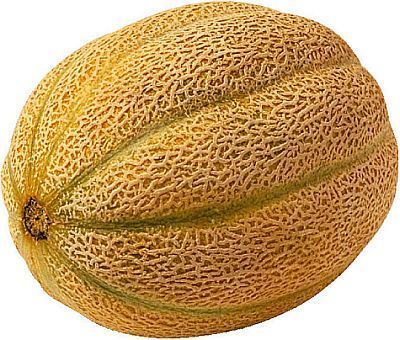Let's revive an old thread. Have fun and learn a bit.
Thank you Nane. I will add some where I can.
----
Asparagus Ծնաբեկ 1
Bell pepper - կանաչ պղպեղ 2
Black-eyed pea – սևաչյա գարոխ
Bok choy Չինակաղամբ 3
Broccoli … 4
Brussels sprout Բրիւսելի բողբոջ? 6
Cabbage - կաղամբ 7
Carrot - ստեպղին կամ գազար. (Pu-leeze! Marol/Letuce/Hazar and gazar/jazar are Arabic.)
Cauliflower - ծաղկակաղամբ
Celery - նեխուր
Chickpea - սիսեռ
Chili pepper Չիլիական տաքդեղ 8
Cucumber - վարունգ
Eggplant or Aubergine - սմբուկ
Endive ?? No idea. Եղերդակ?? 5
Fava bean Բակլա. The Arabs call it “fool”.
French bean - ֆրանսիական լոբի . 8
Garlic - սխտոր
Ginger Կոճապղպեղ
Leek Պրաս Պրասսա
Lentil - ոսպ 10
Okra - բամիա
Onion - սոխ
Parsnip Վայրի Ստեպղին
Pea - գարոխ
Potato - կարտոֆիլ 11
Pumpkin - դդում
Radicchio No idea!!!
Radish - բողկ
Rice - բրինձ
Rutabaga Շողկամ գոնգեղ 12
Shallot Սոխուկ ?
Soybean - սոյա
Squash - դդմիկ
Sweetcorn - եգիպտացորեն
Swiss chard - բանջար
Turnip Շողգամ See # 11
Water chestnut Ջրա շաքանակ??
Watercress Կոտեմ
Yam Անուշ Գետնախնձոր??
Zucchini or Courgette - դդմիկ
---
1. I seem to remember why this is called “cut at birth/cut at the bud/nipped at the bud”, when tender, as, if left to mature it will become too woody.
2. Why do we call it pghpegh, since we know “pepper” is like Black pepper.
3. Some call it Chinese Cabbage. Like Չինակաղամբ?
4 I have yet to find the word for it. Do Armenians know this vegetable? What do they call it? Since it is a relative of the Cauliflower-Ծաղկակաղամբ shall we call it Ծաղկաղամբ?
5.
http://www.mytinyplo...tent/endive.jpg6. Where does the word կաղամբ come from? Is it from “cauli”?
7 Բրիւսել Բրյուսել. Brussels /Bruxelle is the Capital of Belgium. Where have we seen anyone
else spell it as “bryousel”? An altogether another sore subject.
8. This is funny. An oxymoron? Even if we know that “chilly” refers to the country of Chile, Yet in English “chilly” means cold . Does “chili pepper” mean “cold hot”? Is it like when some of us will say “outside it is cold as hell”?
9. Do you mean “French cut beans”? Contrary to the prevailing “wisdom” “lobi /լոբի/ լուբիա” is neither Russian or Georgian origin. It from the Arabiac “lubia”.
10. This is interesting. Note that the Armenian word for “lens” like the lens of your camera or your reading glasses is called ոսպնեակ . There are several families with the surname of “vospikian”, I have personally known some of them.
11. Where do some us get the idea that “kartoffel” is a Russian word. It is from the German. We will more about it. Please note that the alternate German is “ertapfel” meaning “earth apple” as in the French “Pomme de Terre” and the Armenian “գետնախնձոր/getnakhndzor”.It came to Russia from Germanyduring Peter the Great's days, and simultaneously to Armenia.
12 See that the Armenian word շողգամ refers to Turnip. At least in the WA dialect. Some others know it as “shalgham“. Persian شلغم
Հա քաշեցին, քաշքշեցին շողգամը տեղէն չի հանեցին:
PS. In time we will get back to the etymology of each where applicable. In the meantime a bouquet of “flowers” for our latter day linguists. Փողկի համ է տալիս:

Not you dear Nane. You did a wonderful job.
Edited by Arpa, 04 April 2011 - 02:28 PM.





















